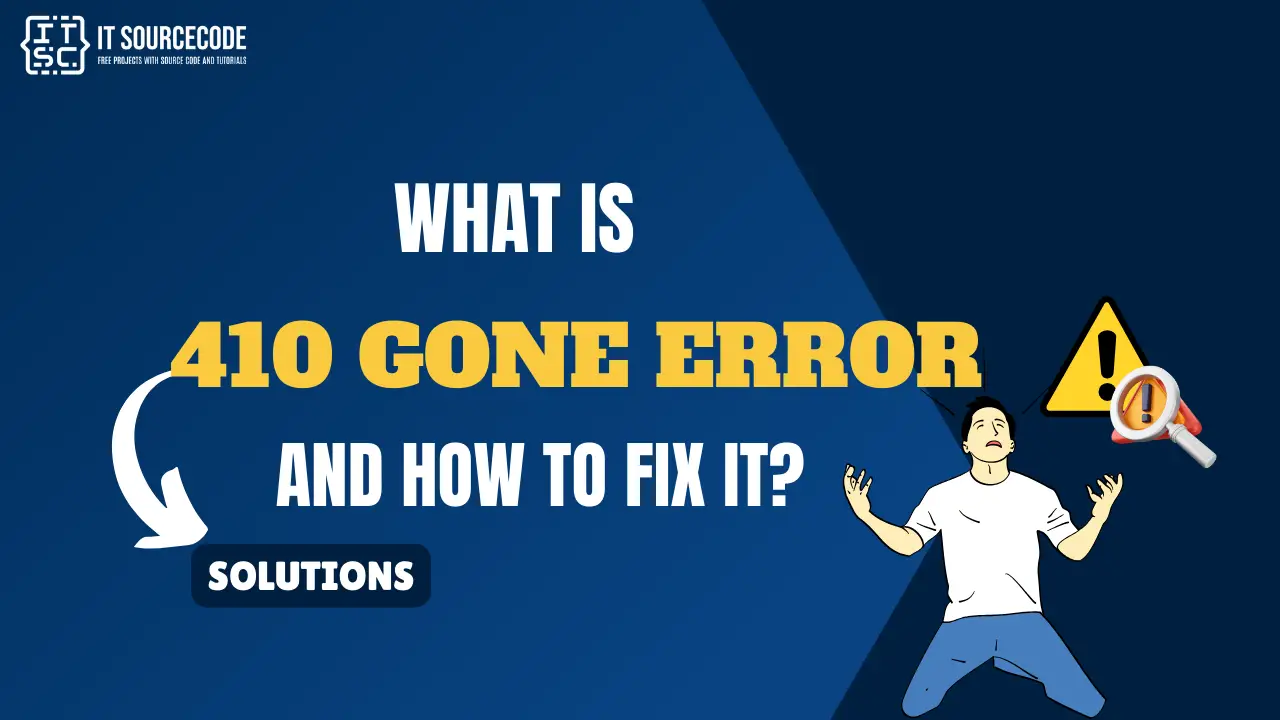What is the “410 Gone” Error?
The “410 Gone” error is a code from the HTTP protocol that signifies that the server can’t find the requested resource and is likely a permanent situation.
This error is different from a “404 Not Found” error, which doesn’t specify whether the missing resource might be available again later.
Root Causes of “410 Gone” Error
The “410 Gone” error can happen for several reasons:
Intentional removal:
If a page or resource has been deliberately removed and not reinstated, the server might return a “410 Gone” error.
Changes in URL structure:
If a website changes the URLs of its pages or resources without setting up redirects from the old URLs, a “410 Gone” error might occur.
Accidental deletion:
If a page or resource is accidentally deleted, and there’s no redirect set up, the server might return a “410 Gone” error.
Server or hosting problems:
Sometimes, server misconfigurations, server overload, or issues with the hosting provider can cause a “410 Gone” error.
How to fix the “410 Gone” Error?

There are numerous methods to rectify the “410 Gone” error.
By investigating issues on both the user and server ends, you can make certain that your content is accessible to users and can be crawled by search engines.
Given that many of these strategies require modifications to site files, updates, and plugins, it’s advisable to create a backup of your website beforehand.
On the Client Side:
Here are some possible solutions:
Solution 1: Look at the Requested URL
When you see the “410 Gone” error, first check the link. If you type the URL wrong, you might see this error.
If you’re trying to visit a webpage that’s been deleted forever, you’ll probably get a “410 Gone” error. This is because the server won’t let you go to that URL.
You can try typing the address again. If you still get the “410 Gone” error, you can try to find the page by typing some related words into the search engine.
Solution 2: Undo Recent Changes
If you see that your webpage is showing a “410 Gone” error, think about going back to an older version of your WordPress software.
Adding new tools can sometimes cause bad setup or other unforeseen issues, like the 410 error.
If you made a backup of your website before the update, you can simply go back to that older version.
If you’re using our Kinsta hosting plans, all your websites get backed up every day automatically, including your test sites.
Solution 3: Remove Plugins and Extensions
If you’ve put in plugins or extensions that change your web addresses or redirects, these might cause a 410 error.
You might also see this error because of other problems. You can fix this by taking out these extras.
To check if your plugins are the problem, you can turn them all off. You can usually do this from your Plugins page, even if you’re seeing a 410 error.
On the Service Side:
Here are some possible solutions:
Solution 5: Check your server configuration and logs
If you’re seeing the error on your website, you might be able to fix it by adjusting your server settings or by finding and fixing problems in your site logs.
If you’re interested in determining if your server is encountering any “410 Gone” errors, you can examine your server logs.
This will assist you in keeping track of all your HTTP status codes and pinpointing the sources of errors.
Solution 6: Troubleshoot your Website
If the “410 Gone” error continues, it’s time to troubleshoot your website.
You can accomplish this by utilizing the Query Monitor plugin.
This complimentary tool allows you to observe the efficiency of your database queries, in addition to PHP errors, queued scripts, HTTP API calls, and more.
Solution 7: Check Your Server Setup
Your WordPress site includes a .htaccess file that holds directives for your server setup.
Recent modifications to this file could potentially lead to a “410 Gone” error.
To inspect the setup of the .htaccess file, you’ll have to access your website files.
Frequently, the most straightforward method to achieve this is by using a Secure File Transfer Protocol (SFTP) client, which facilitates a connection to your server.”
Conclusion
In conclusion, the “410 Gone” error is an HTTP status code indicating that the requested resource is not available on the server and it’s likely a permanent situation.
By following the provided solutions above, you can rest assured that you’ll be able to resolve this issue.
For further learning, you can also check the following HTTP status code:

